News

India- Pakistan Ceasefire : Statement from SL President
I warmly welcome the ceasefire between India and Pakistan. An immediate ceasefire is not just an urgent need to spare innocent lives on both sides; it is also a necessary first step in achieving lasting peace and regional stability.
Leaders of India and Pakistan must be commended for replacing guns with words before a conflagration broke out. This willingness to compromise demonstrates their wisdom and statesmanship.
As a neighbour and friend of India and Pakistan, Sri Lanka hopes that this ceasefire leads to the peaceful resolution of longstanding issues through constructive engagement. Sri Lanka reaffirms its unwavering support for continued dialogue and expresses its readiness to make whatever contribution necessary to achieve regional peace in our time.
Anura Kumara Disanayake
President
Democratic Socialist Republic of Sri Lanka
11.05.2025
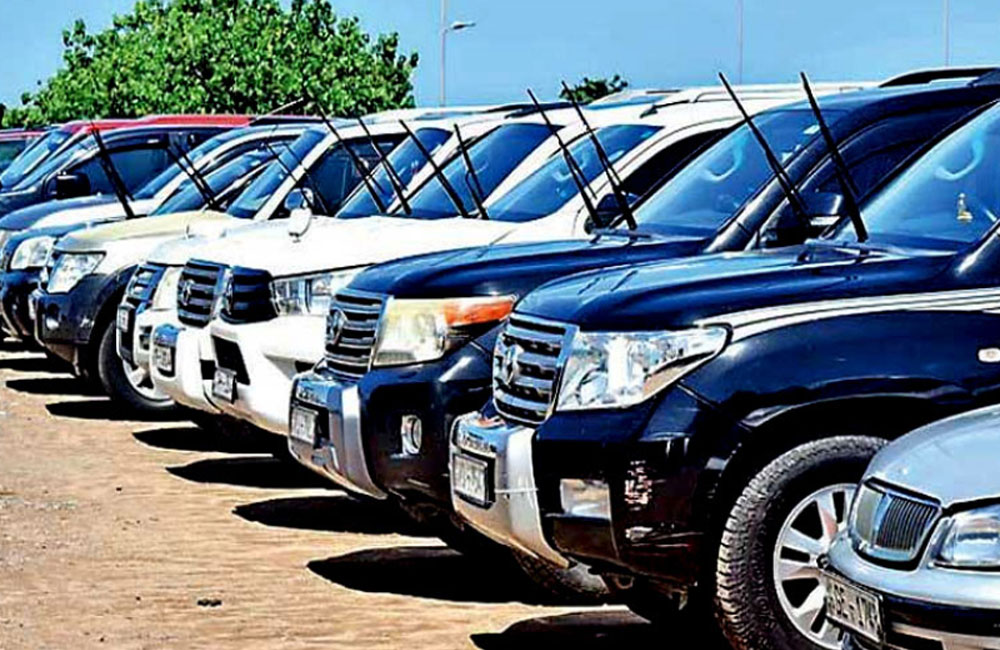
Bids Called For Auction Of 27 Luxury And Decommissioned Vehicles
Bids have been called for the auction of 27 luxury and decommissioned vehicles belonging to the President's Office.
These vehicles were manufactured between 1991 and 2016.
Tenders can be obtained until the 14th of this month, by visiting the President's Office between 9 am and 3 pm on weekdays.
These vehicles can be inspected in Salu Sala located on Jawatte Road, Colombo, on the 14th of May.
Under the first phase of the auction, 14 luxury vehicles and 6 decommissioned vehicles were auctioned.
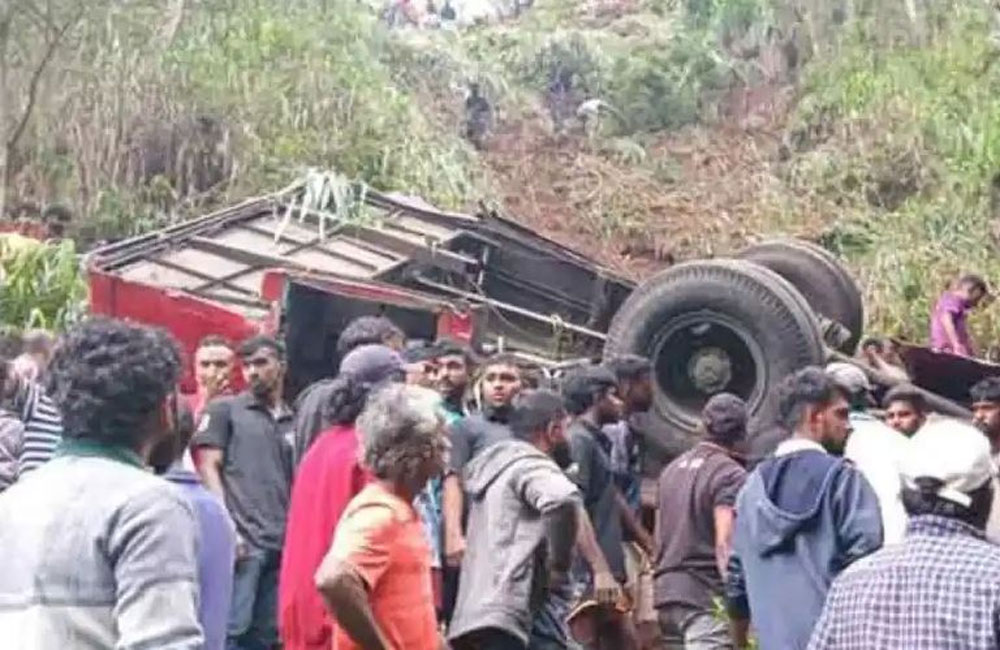
Death toll in Kotmale Bus Tragedy Rises to 21; Survivors Recall Terrifying Plunge
The death toll in the devastating bus accident at Gerandi Ella in Kotmale has risen to 21, authorities confirmed on Sunday. The crash occurred when a private bus traveling from Kataragama to Kurunegala veered off the road and plunged into a ravine early in the morning.
At least 35 others have been injured and are receiving treatment at hospitals in Nuwara Eliya and surrounding areas.
Survivors described the terrifying moment the accident occurred. “The driver hit the brakes suddenly, and the bus skidded and went straight off the road,” one injured passenger recalled from his hospital bed.
The bus was carrying over 50 passengers at the time of the incident. According to police, an initial investigation suggests that the vehicle may have been speeding, and the road at the location was wet and winding.
Rescue operations were carried out by local police, emergency services, and residents, who worked for hours to recover victims trapped inside the wreckage.
Police say further investigations are underway to determine whether mechanical failure or driver negligence contributed to the tragedy. The Road Development Authority is also expected to inspect the area for road safety compliance.
This is one of the deadliest road accidents reported in Sri Lanka this year.
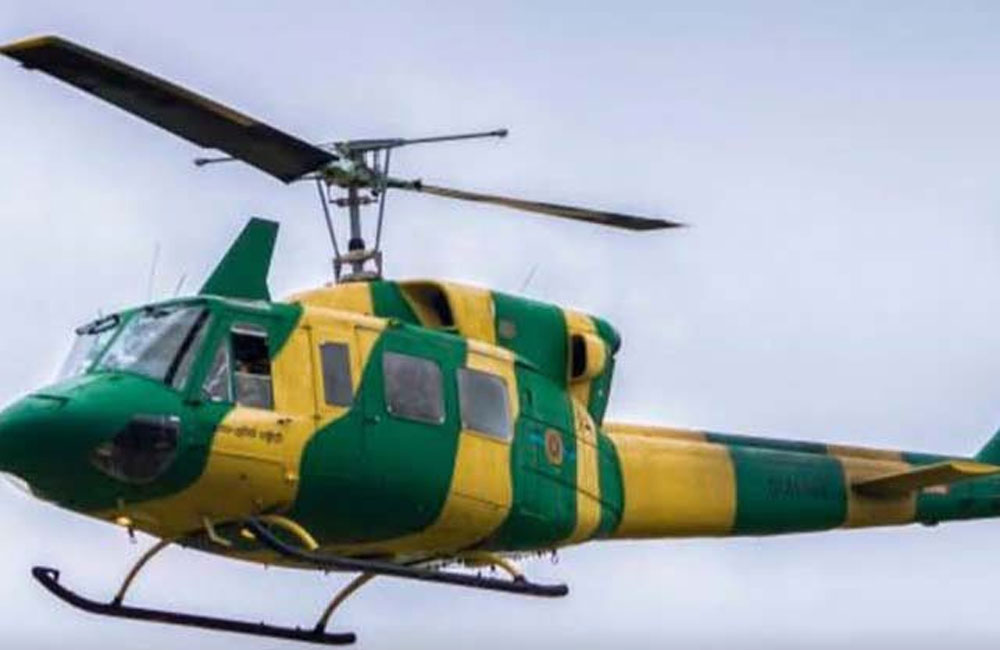
Air Force Helicopter Crash Claims Six Lives; Investigation Launched
In a devastating incident, a Bell 212 helicopter belonging to the Sri Lanka Air Force's No. 7 Squadron crashed into the Maduru Oya Reservoir at approximately 8:17 AM today (9).
According to Air Force spokesperson Group Captain Eranda Geeganage, six individuals tragically lost their lives in the crash.
The victims include four members of the Sri Lanka Army Special Forces and two Air Force gunners. Their bodies have been transported to the Polonnaruwa General Hospital.
Among the survivors are the two pilots of the helicopter, who are currently receiving treatment at hospitals in Polonnaruwa and Aralaganwila.
The helicopter was carrying 12 military personnel at the time of the accident.
The Bell 212 helicopter had taken off from the Hingurakgoda Air Force Base at 6:47 AM, heading towards Maduru Oya for a drill exhibition.
The cause of the crash is yet to be determined, and an investigation team comprising nine members has been appointed by the Air Force Commander to probe the incident.
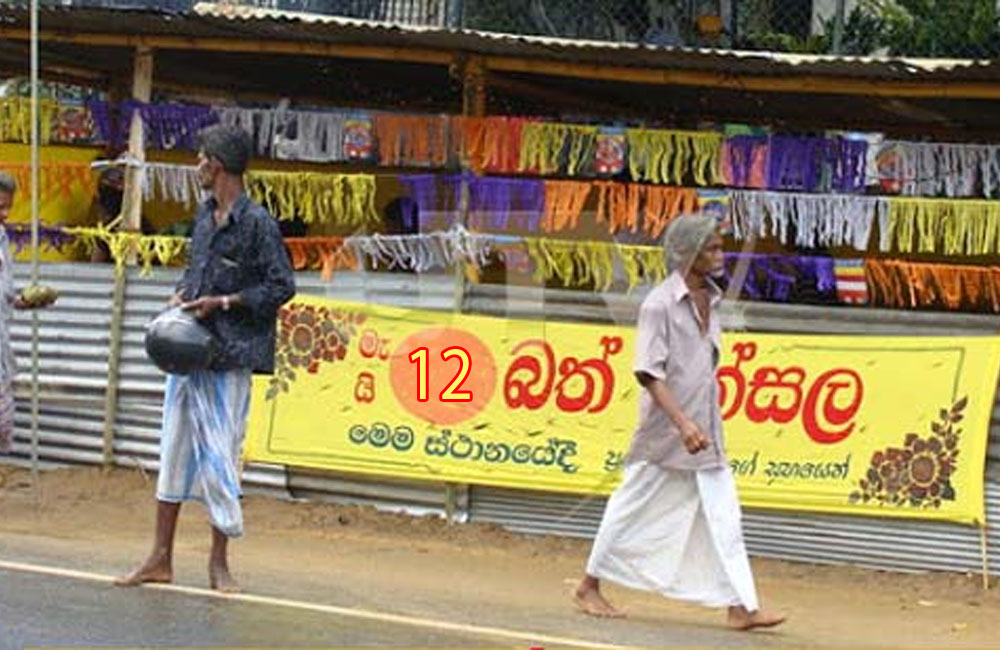
Over 8,500 Dansals Registered for Vesak
A total of 8,581 dansals have been registered for Vesak Poya, according to the Public Health Inspectors’ Union of Sri Lanka.
Union Secretary Chamil Muthukuda said the dansals were registered through area Medical Officer of Health (MOH) offices and will be subject to inspections on Vesak Day and in the days following.
Health officials are urging organizers to comply with hygiene guidelines due to past increases in food and waterborne illnesses linked to dansals during Vesak.
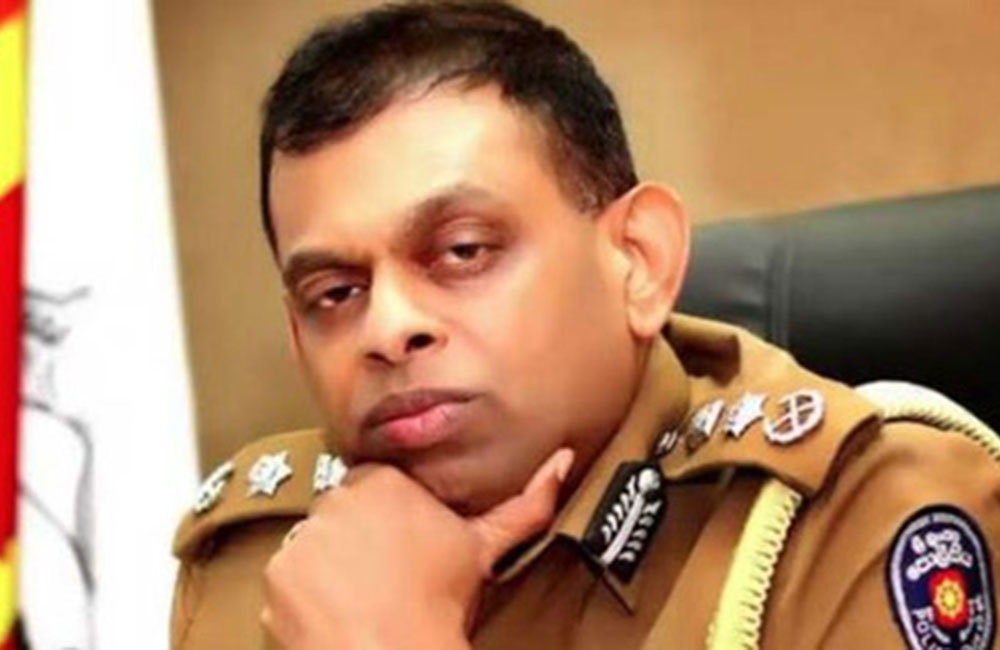
Deshabandhu Tennakoon summoned before inquiry committee
spended Inspector General of Police (IGP) Deshabandhu Tennakoon has been informed to appear before the ‘Committee of Inquiry appointed to inquire and report its findings on Tennakoon in respect of acts of gross abuse of power’, on May 19, 2025.
The committee has met in the Parliament premises on several occasions as of now, and accordingly, for the first time, IGP Deshabandhu Tennakoon has been informed by the committee, to appear before the said, for future investigations, the Parliamentary Communications Department said.

Actress Semini Iddamalgoda granted bail
Actress Semini Iddamalgoda, who was arrested by the Welikada Police last evening (10), has been granted bail.
She was produced before Colombo Additional Magistrate Bandara Ilangasinghe and was ordered to be released on bail.
During the hearing, Police informed court that the suspect had been operating a private security firm and had failed to make several payments, including Employees’ Provident Fund (EPF) contributions, for which seven arrest warrants had been issued against her.
According to Police, four of the warrants were issued by the Colombo Magistrate’s Court, two by the Matara Magistrate’s Court, and one by the Tangalle Magistrate’s Court.
Attorneys appearing on behalf of the suspect informed court that their client is a well-known actress and she had no intention of evading court proceedings.
They further explained that in relation to some of the cases, relevant payments have already been settled by their client and that those cases have been withdrawn by the Department of Labour.
After considering the facts presented, Colombo Additional Magistrate Bandara Ilangasinghe ordered the release of the suspect on surety bail amounting to Rs. 100,000 for each warrant.
Accordingly, the magistrate ordered the suspect to submit reports of the payments made in relation to the four cases presented before the Colombo Magistrate’s Court on May 19.
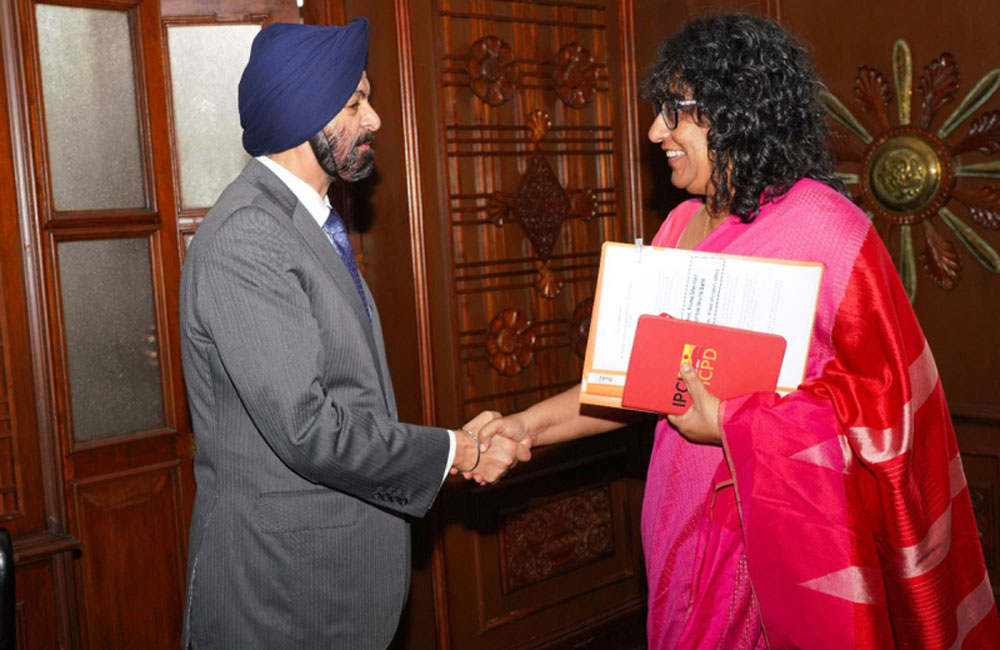
Prime Minister Meets with President of the World Bank Group
Prime Minister Dr. Harini Amarasuriya met with Mr. Ajay Banga, President of the World Bank Group, at the Prime Minister’s Office to discuss Sri Lanka’s development priorities and the continuation of strategic collaboration.
The Prime Minister expressed appreciation for the World Bank’s support during Sri Lanka’s recent economic crisis and reiterated the government’s commitment to inclusive and sustainable development. Mr. Banga commended the government’s reform agenda and emphasized the importance of job creation and enhancing employment quality as key drivers of economic recovery.
Discussions focused on investment in critical sectors such as healthcare, education, agriculture, tourism, and production industries. Mr. Banga also highlighted the potential of artificial intelligence to transform key sectors, particularly agriculture, and encouraged Sri Lanka to explore its application for innovation and productivity. The Prime Minister noted ongoing efforts to strengthen healthcare policy and expand technical and vocational education to better align with the demands of emerging industries.
The meeting was attended by Mr. Trevor Kincaid, Special Advisor; Mr. David Sislen, Country Division Director for Maldives, Nepal, and Sri Lanka; Mr. Gevorg Sargsyan, Country Manager for Maldives and Sri Lanka; and Mr. Imad Fakhoury, Regional Director for South Asia at the International Finance Corporation. Representing the Government of Sri Lanka were Mr. Pradeep Saputhanthri, Secretary to the Prime Minister; Ms. Sagarika Bogahawatta, Additional Secretary to the Prime Minister; Dr. P.K.G. Harischandra, Alternate Executive Director at the International Monetary Fund for the constituency of Bangladesh, Bhutan, India, and Sri Lanka; Mr. Dharshana Perera, Senior Director General of the Economic Affairs (Bilateral) Division at the Ministry of Foreign Affairs, Foreign Employment and Tourism; and Mr. Dammika Premarathna, Additional Director General of the External Resources Department.
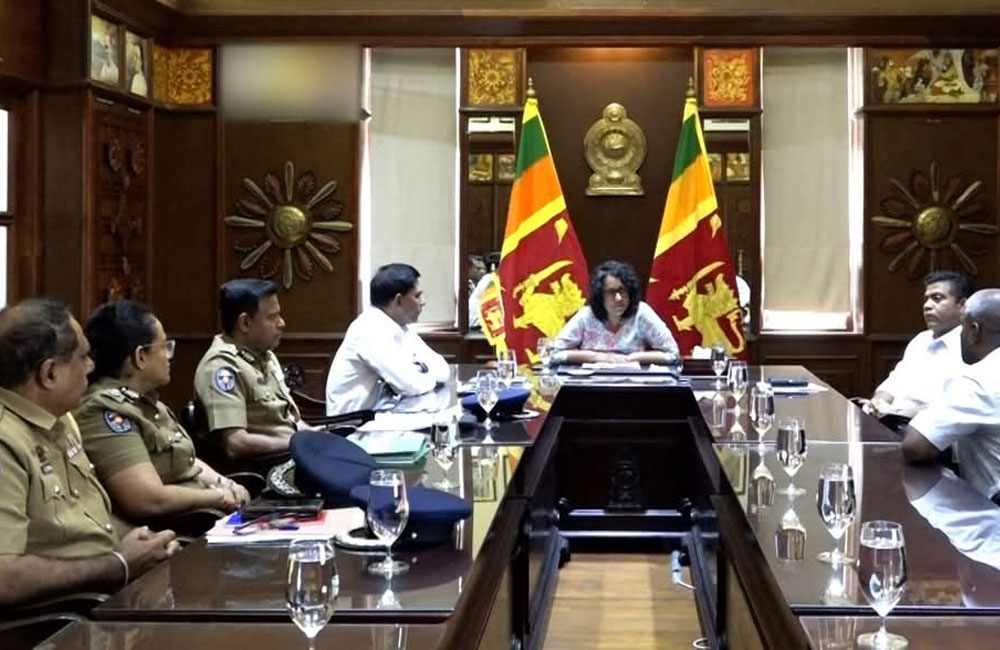
PM meets parents of Schoolgirl who tragically passed away
The parents of the child who tragically passed away in Kotahena, along with the police team conducting the investigation, met at the Prime Minister’s Office today for a detailed discussion.
The meeting was also attended by Minister of Health and Mass Media Dr. Nalinda Jayatissa, Minister of Women and Child Affairs Saroja Paulraj, and several other officials.
During the meeting, the police team was instructed to carry out a prompt, fair, and impartial investigation into the incidents that allegedly took place at the school and tuition class, which are believed to have contributed to the child’s death.
The Ministry of Education is currently conducting an internal inquiry to assess whether the appropriate procedures were followed effectively from the moment the incident was reported.
In addition, a three-member committee chaired by Consultant Paediatrician Dr. Asvini Fernando has been appointed to take necessary measures to strengthen coordination among government institutions responsible for responding to such cases. (PM Media)
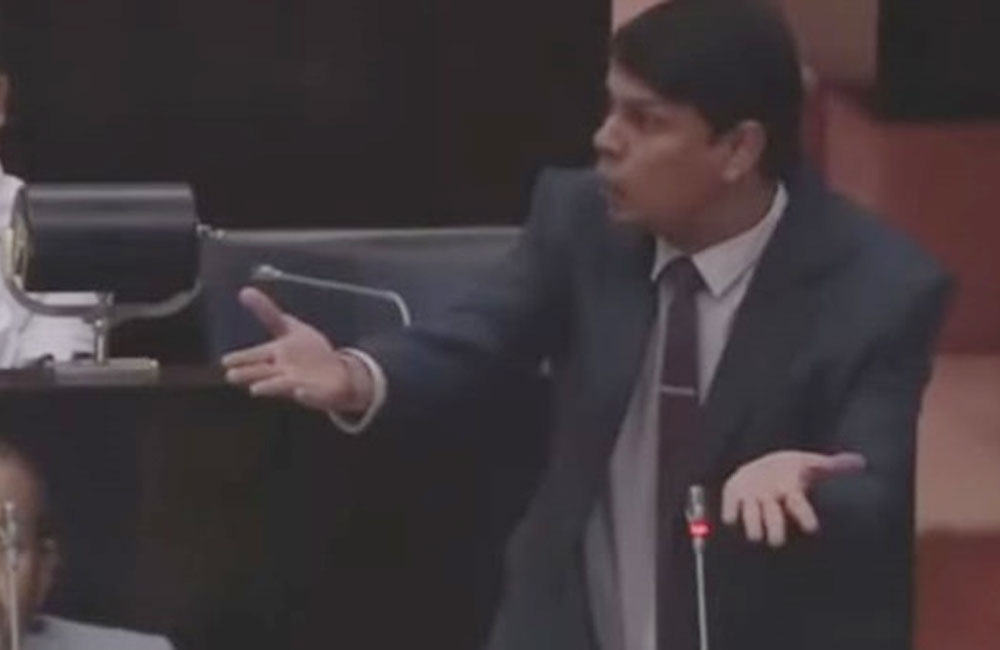
Archchuna removed from Parliament Chambers
Member of Parliament Dr. Archchuna Ramanathan was removed from the Parliamentary Chamber this afternoon (May 8) for disrupting proceedings during a debate on proposed amendments to the Customs Ordinance.
The removal followed repeated warnings from the presiding member, which Archchuna failed to heed, prompting action to restore order in the chamber.
Leader of the House Bimal Rathnayake also strongly condemned Archchuna for repeatedly disrupting parliamentary proceedings, and interrupting his allotted speech time.

National Vesak Week Begins Today
he National Vesak Week commences today, with this year’s theme being “Let's associate with noble people with good qualities.”
Secretary to the Ministry of Buddha Sasana, Religious and Cultural Affairs, W.P. Senadheera said that it will continue until the 16th of May.
The official inauguration ceremony will take place today at the Nuwara Eliya Buddhist Center, under the patronage of President Anura Kumara Dissanayake.
All liquor stores and meat outlets across the island will remain closed for three days during the week.
Sri Lanka Railways has announced special train services to accommodate devotees attending the State Vesak Festival in Nuwara Eliya and those traveling to Anuradhapura.
These services will be operational from today through the 13th of May.
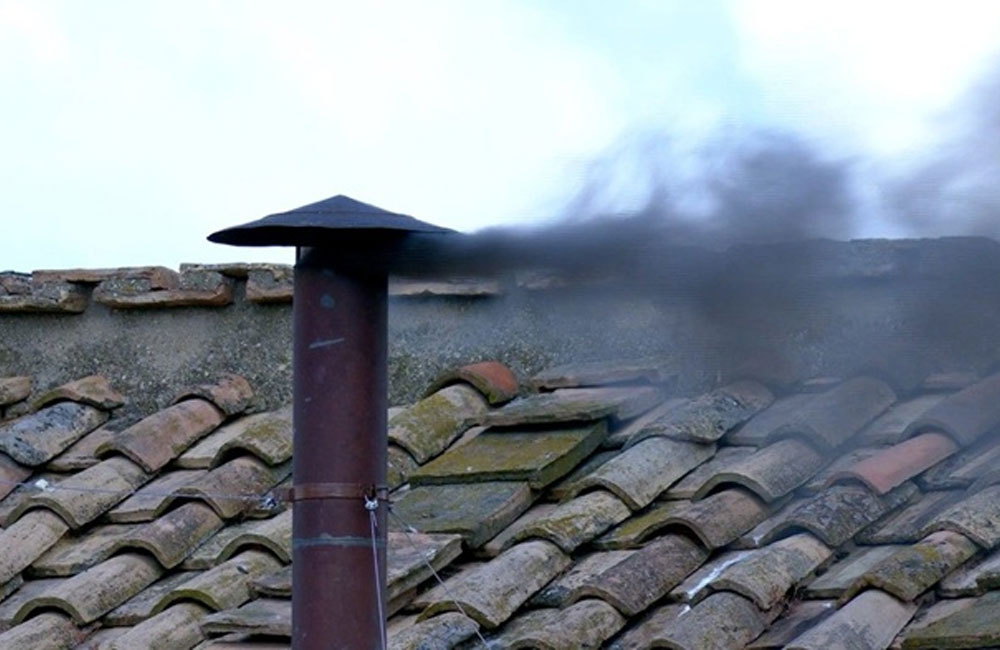
Cardinals signal with Black smoke again : No new Pope yet
Black smoke rose from the chimney over the Sistine Chapel at 11:50 on Thursday morning, signalling the second ballot of the first full day of the conclave – and the third ballot overall – was inconclusive.
As the cardinals break for lunch, the people in the square continue to look up at the chimney in anticipation. Voting is expected to resume at around 16:00.
Around 15,000 people had gathered in St Peter’s Square to await the announcement.
Page 100 of 633